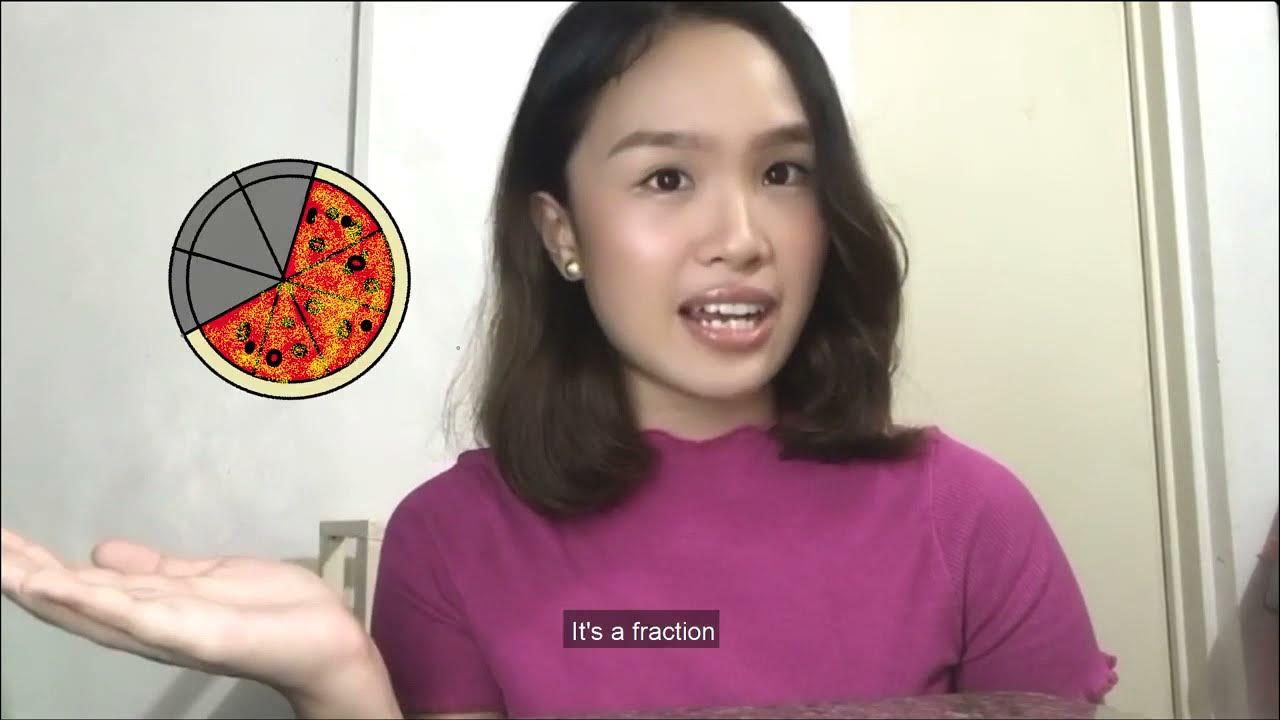How To Make Your Images POP! — Photography Visual Patterns #5
Summary
TLDRThis video delves into the concept of contrast in photography, explaining it as more than just a Lightroom slider. It introduces tonal, color, and conceptual contrasts, emphasizing their importance in directing viewers' attention and adding interest to images. The script uses examples to illustrate how these contrasts can create striking visual effects, encouraging photographers to explore and apply various types of contrast in their work.
Takeaways
- 📚 The video is part of a series on visual patterns, aiming to break down visual language to better understand photography heuristics.
- 🔍 Contrast in photography is not just about the Lightroom slider; it encompasses a variety of types that can be utilized in creative ways.
- 📖 The dictionary defines contrast as being strikingly different from something else, which is a key concept in photography.
- 🌗 Tonal contrast refers to the difference between the lightest and darkest parts of an image, often used to direct the viewer's attention.
- 🎨 Color contrast uses color differences, often complementary, to create visual interest and balance in an image.
- 💭 Conceptual contrast involves contrasting ideas such as hard vs. soft, or nature vs. urban, adding depth and narrative to photographs.
- 👀 Tonal contrast is used to highlight important parts of an image by making surrounding areas darker, drawing the eye to the focal point.
- 🌈 Color contrast can create balance by juxtaposing cool and warm colors, or by using shadows and light to guide the viewer's gaze.
- 🏞 Conceptual contrast can be used to contrast elements within an image, such as nature against urban structures, to evoke certain feelings or ideas.
- 🏠 In one example, a small house in a large field uses conceptual contrast to create a sense of scale and minimalism.
- 🗼 The final image combines tonal, color, and conceptual contrasts, using shadows, colors, and the juxtaposition of nature and the Eiffel Tower to create a dynamic scene.
Q & A
What is the main focus of the video series on visual patterns?
-The main focus of the video series is to break down visual language into visual patterns to better understand the heuristics of photography and how to apply them effectively in one's work.
What is the first step recommended for viewers who are unfamiliar with the terms used in the series?
-Viewers unfamiliar with the terms should check the first video of the series where the presenter breaks down visual language and visual patterns, providing the necessary understanding to follow the content.
What does the presenter define as 'contrast' in the context of photography?
-In photography, 'contrast' refers to the difference between the lightest and darkest portions of an image, often manipulated using the Lightroom slider, but also encompassing other types of contrast.
What is the dictionary definition of 'contrast' that the presenter emphasizes?
-The dictionary definition emphasized is 'the state of being strikingly different from something else in juxtaposition or close association,' with a focus on the 'strikingly different' aspect in photography.
What are the different types of contrast discussed in the video?
-The video discusses tonal contrast, color contrast, and conceptual contrast or juxtaposition, each serving different purposes in directing the viewer's attention and adding interest to the image.
Why is tonal contrast important in photography?
-Tonal contrast is important because it helps to direct the viewer's attention to the most important parts of the image by emphasizing the brightest portions against the darkest.
How does color contrast work in photography?
-Color contrast works by using colors that are different, often complementary, to create a visual difference that draws the viewer's eye and adds balance to the image.
What is conceptual contrast and how can it be used in photography?
-Conceptual contrast refers to the juxtaposition of ideas or elements within an image, such as hard versus soft, or nature versus urban, creating an unusual or thought-provoking contrast.
How does the presenter use the example of Mount Cook to illustrate the use of tonal contrast?
-The presenter uses the example of Mount Cook to show how making the valley intentionally dark and bringing down the shadows can make the mountain tips and sky stand out, drawing the viewer's eye to the intended focus.
What is the purpose of using contrast in photography according to the video?
-The purpose of using contrast in photography is to create interest and drama, and to direct the viewer's attention to specific elements in the image, allowing the photographer to tell a particular story.
How does the final image in the video demonstrate the use of multiple types of contrast?
-The final image demonstrates tonal contrast with shadows and a bright sky, color contrast with cool and warm sections, and conceptual contrast with the juxtaposition of nature and the Eiffel Tower's hard lines.
Outlines

This section is available to paid users only. Please upgrade to access this part.
Upgrade NowMindmap

This section is available to paid users only. Please upgrade to access this part.
Upgrade NowKeywords

This section is available to paid users only. Please upgrade to access this part.
Upgrade NowHighlights

This section is available to paid users only. Please upgrade to access this part.
Upgrade NowTranscripts

This section is available to paid users only. Please upgrade to access this part.
Upgrade Now5.0 / 5 (0 votes)





